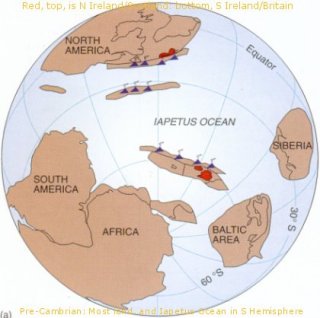Few people today would have an inkling of how to measure the earth’s circumference and then diameter. Yet Eratosthenes did just that with astonishing accuracy more than two thousand, two hundred and thirty-six years ago.
Greek thinkers were not mere abstract philosophers.
It was generally known in knowledgeable circles (unintentional pun!) that the whole sun was reflected in the bottom of a deep well in Syene (now Aswan, of the dam) at midday every midsummer, implying that the sun was directly overhead at that time and that therefore objects cast no shadow. We name such a place as a point on the earth’s equator.
At midday on the summer solstice (i.e. at precisely the same time) Eratosthenes measured the length of a shadow cast by a tower in his home town of
He used all these figures to calculate how much the Earth curved in 500 miles, and extrapolated from that to the curvature of a full circle 360
